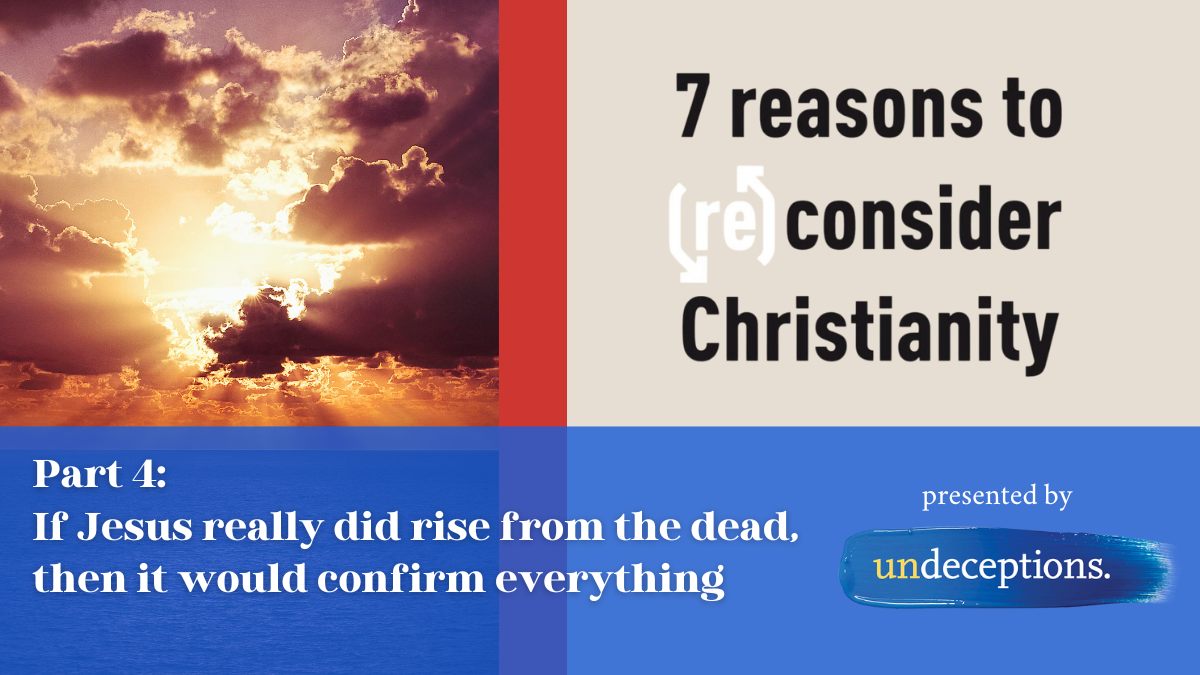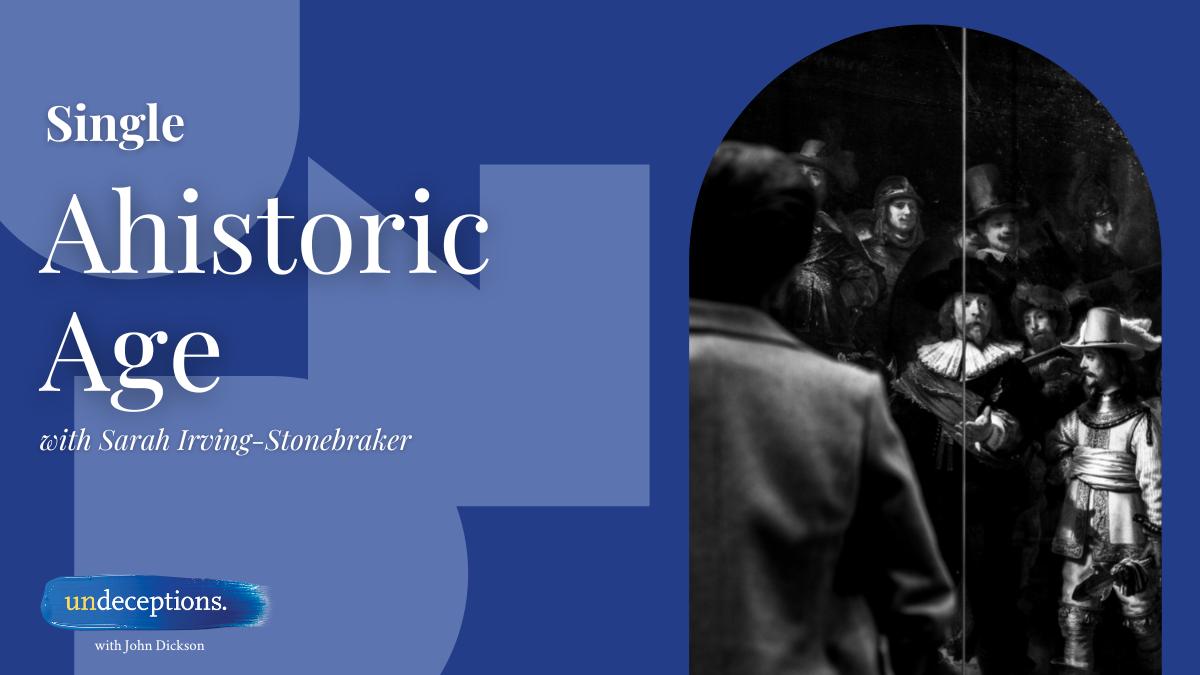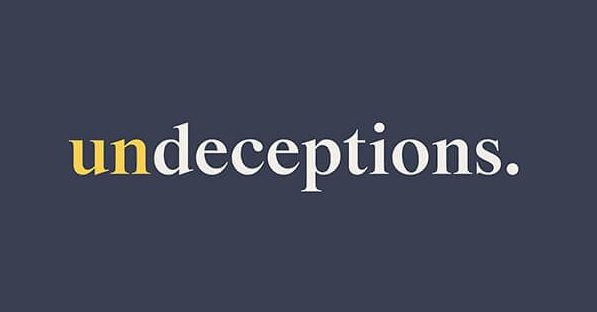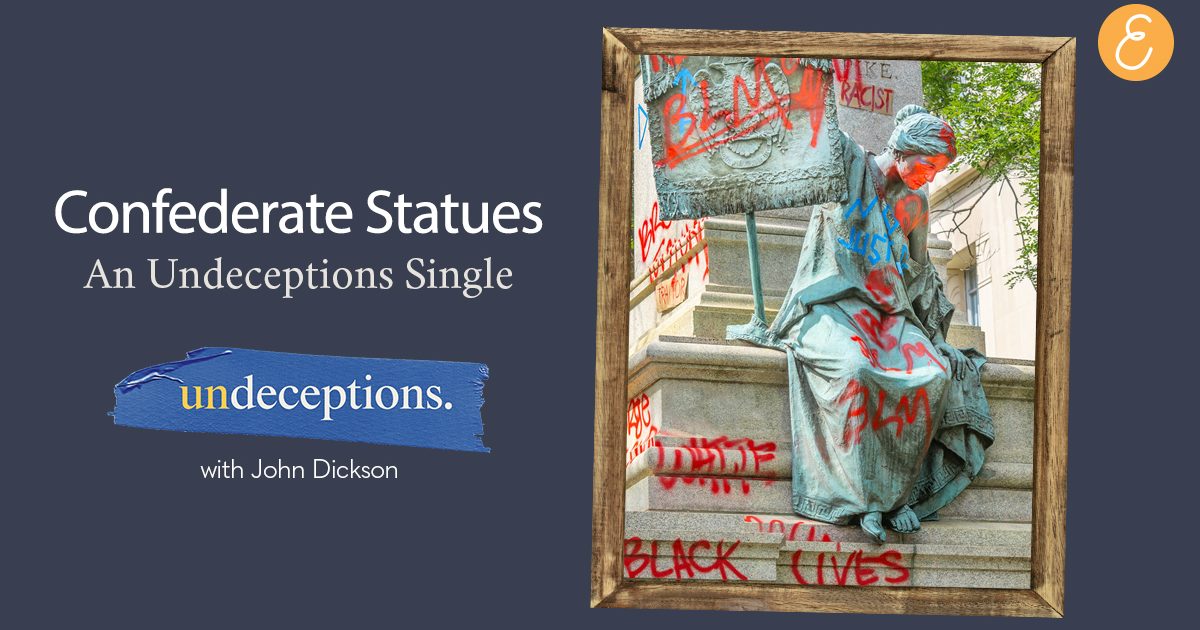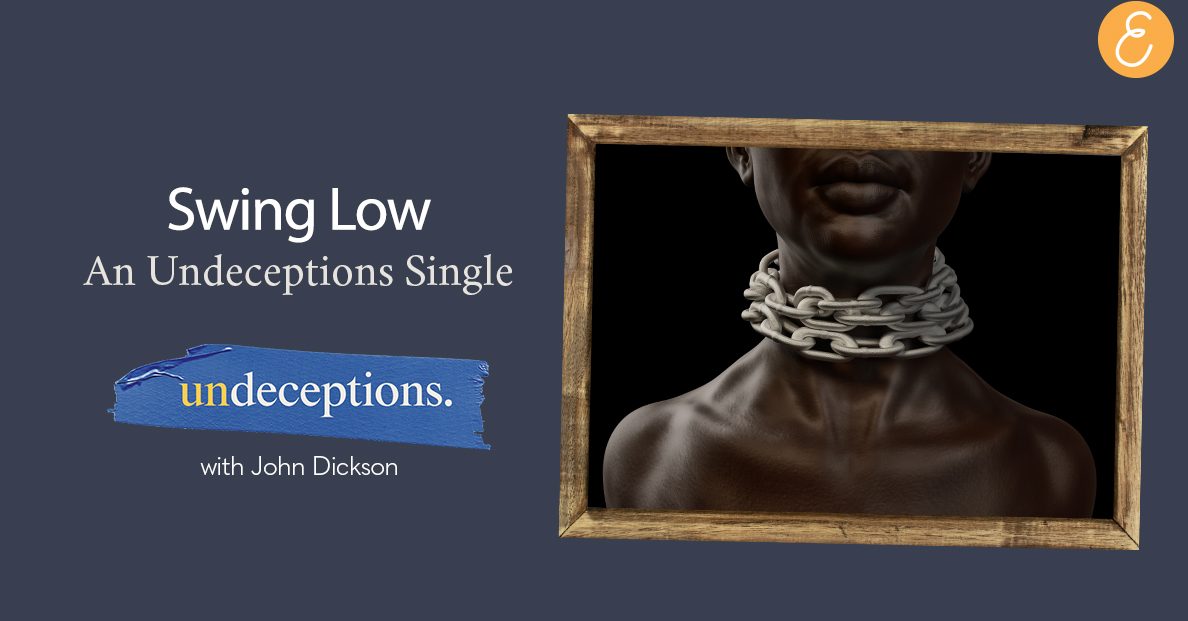By Kaley Payne
For those in biblical academia, it would come as little surprise that there are question marks over the authorship of some of the letters of Paul we find in the New Testament.
But for your average pew-sitter, it may be something you’ve not heard before. Yet according to academic and author John Dickson, the majority view in the world of biblical scholarship is that only seven of the 13 Pauline epistles (the letters of the Apostle Paul) were definitely written by Paul. Those are Romans, 1 and 2 Corinthians, Galatians, Philippians, 1 Thessalonians, and Philemon.
This is not a new suggestion. Rather, it is a perennial argument tossed up by those seeking to discredit the Bible and its historical reliability. What is less obvious is … what is the Christian to do about it? How are we to answer a Bible critic who brings this up as a reason to doubt the whole kit and caboodle?
“Scholars like Bart Ehrman, and many others, believe that Ephesians, Colossians, 2 Thessalonians, 1 and 2 Timothy and Titus are actually pseudonymous — written under the false name of Paul,” says Dickson in the first episode of the new season of Undeceptions, released this week.
In the episode, Dickson interviews New Testament scholar Professor Craig Blomberg, of Denver Seminary. Blomberg is the author of The Historical Reliability of the New Testament, and according to Dickson is an “expert on the alleged mistakes in the New Testament.”
So, are some of the letters in the Bible forgeries? Dickson put that question to Blomberg.
“In my experience, very few scholars will come right out and call them forgeries,” says Blomberg. “It’s true that some prominent [scholars] have done so – like Bart Ehrman – but most would say this was an accepted literary device in the first century.”
Blomberg likens this ‘first century literary device’ to the modern publication of the biography of a sports star.
“If scholars compared one of my long emails to a new Christian or not-yet-Christian with a detailed email to a fellow scholar or minister, the differences would be huge – the statistics would confirm two different authors. But they’d be wrong.” — John Dickson
“If the publishers are honest enough not to hide it in the fine print, the biography would be something like ‘My life in times’ by [famous person] as told to by [name of ghost writer].
“That seems to me to be the much more likely option for the [contested letters of Paul] than that someone was attempting a deceitful forgery.”
Among the arguments contesting the authorship of some of Paul’s letters is the claim that the so-called ‘Pastoral Letters’ – 1 and 2 Timothy, and Titus – emphasise different things and have a different style of writing to the other letters. But, says Blomberg, there is another group of scholars who aren’t so phased by that.
“People’s styles are versatile,” he says.
John Dickson wholeheartedly agrees.
“They’re called the “pastoral epistles” because they are written not to congregations (like Romans or 1 and 2 Corinthians) but to other pastors, Paul’s proteges in formal ministry,” says Dickson. “And there is no way Paul writes in the same style about the same things to pastors as he does to the lay people of a congregation. If scholars compared one of my long emails to a new Christian or not-yet-Christian with a detailed email to a fellow scholar or minister, the differences would be huge – the statistics would confirm two different authors. But they’d be wrong.”
“I genuinely think the mainstream opinion is pretty dumb,” Dickson says in the podcast episode.
“Thirteen letters just isn’t enough of a sample to make any firm statistical judgments about Paul’s writing style (which is the main argument against some of Paul’s letters).
“If we had 100 letters (as we do for, say, the Roman Governor Pliny), that would definitely be enough to find outliers – letters whose grammar and syntax don’t read like Pliny. But 13 letters written across a 12-15 year period? I don’t buy it.
“If you took just 13 of my long emails to different recipients since about 2008, you would find words and expressions and arguments in some of them that never appear in some of the others. Any statistical analysis you tried to run about ‘Dickson’s’ vocabulary and style would have a massive margin for error because of the small sample size.”
On top of that, says Blomberg, “it was common in the ancient world to dictate a letter to a scribe and sometimes to give a scribe the freedom to put your thoughts in his own words.”
“When you add up all of those factors, it’s much more difficult to say this has to be the product of somebody other than Paul,” Blomberg concludes.
So, Dickson and Blomberg are sticking with all 13 of Paul’s epistles as Paul’s epistles. “They are documents from the hand – or dictation – of the apostle Paul,” says Dickson.






